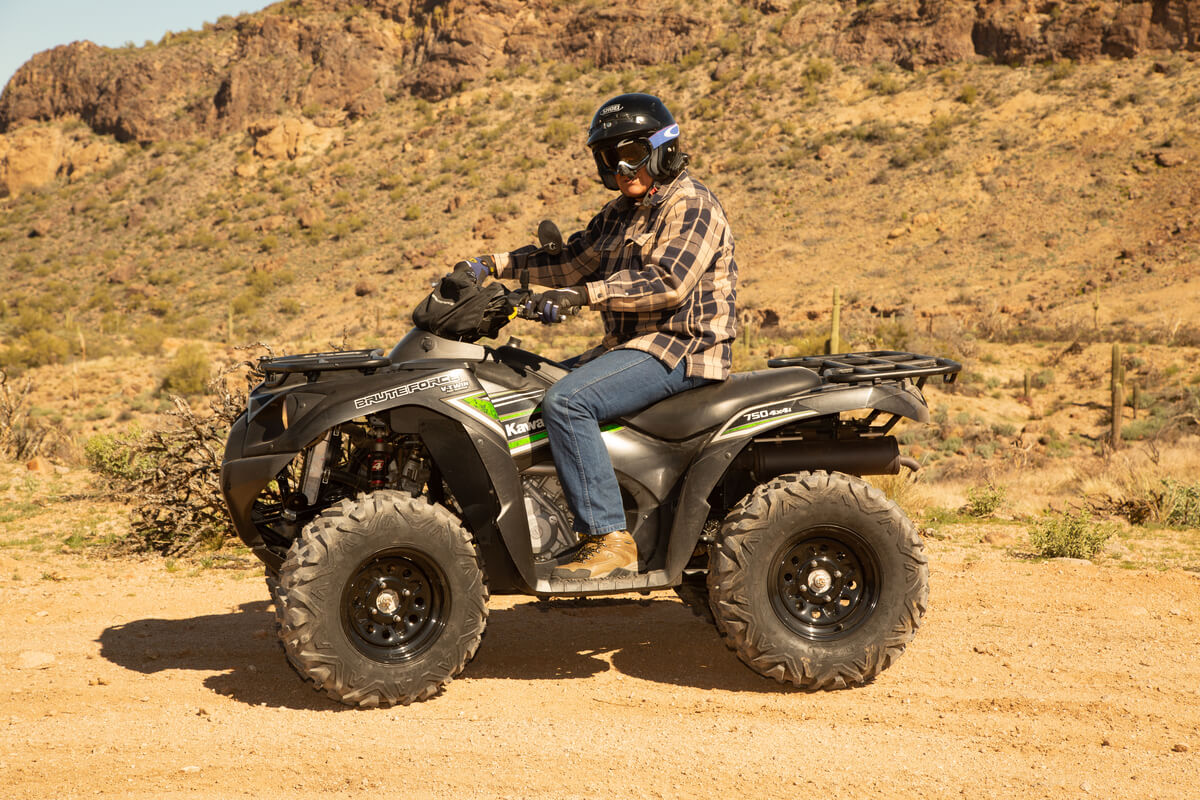
Riding an ATV should be fun, but you need to take the proper precautions to make sure your time on the trails is as safe as can be.
If you are asking yourself “is riding an ATV safe?”, the answer is yes!
However, the overall safety of an ATV is determined by the rider and how knowledgeable they are. At High Lifter, we strongly believe that the best ride is a safe ride, so we put together a list of 7 ATV safety tips you should follow in order to avoid accidents on the trails:
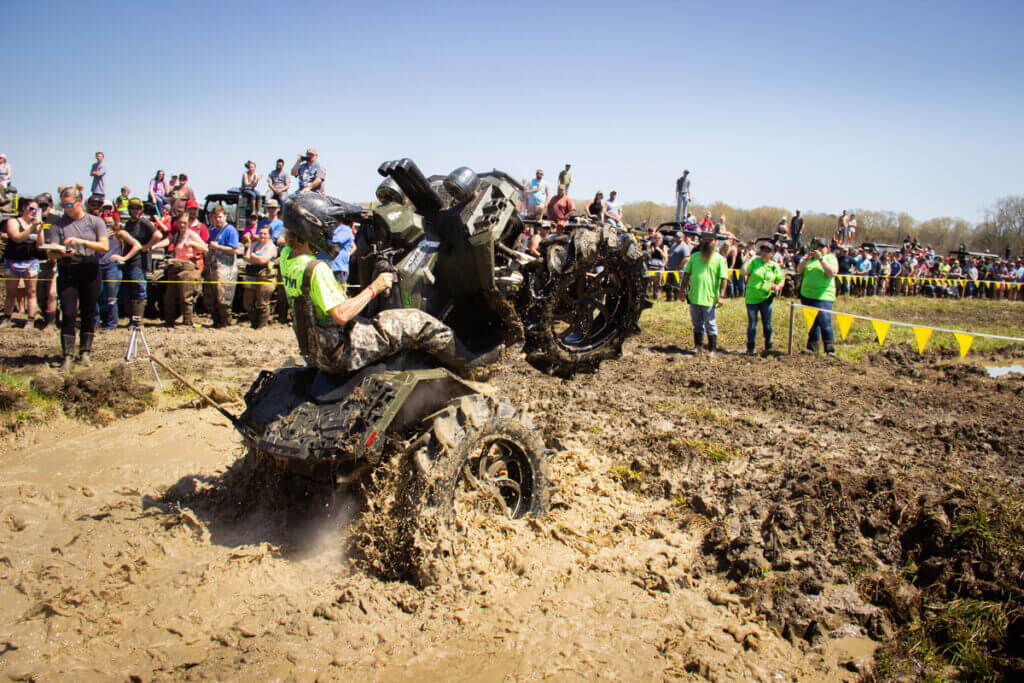
1. Wear the appropriate safety gear
It’s as easy as it sounds! Before you begin riding, you will want to make sure you have the right gear. One of the most important pieces of safety gear is an ATV helmet. The right helmet will keep your head safe from collisions or the occasional branch. Be sure to check your local vehicle regulations as some states require riders (and passengers) under the age of 18 to wear DOT-approved helmets. Even above the age of 18, we still recommend wearing a helmet for optimal safety on a UTV or ATV. For the best head protection, consider a helmet that is approved by the Department of Transportation and ECE or SNELL certified.
A helmet will keep some debris out of your face, but goggles are the most effective way to protect your eyes. Not only will they keep dust or mud out of your eyes, they can also look pretty badass. Check out our selection of goggles to find a pair that fit your style, whether you’re a competitive racer or casual rider.
A helmet and goggles aren’t the only things you need. You will also want to equip yourself with gloves, motocross leggings, an outer chest protector, boots, and knee protectors. We also recommend dressing appropriately for the terrain and weather you are riding in. You would certainly appreciate a pair of waders if you were to end up stuck in the mud and rain. This could sound excessive, but remember—there is no such thing as being too safe!
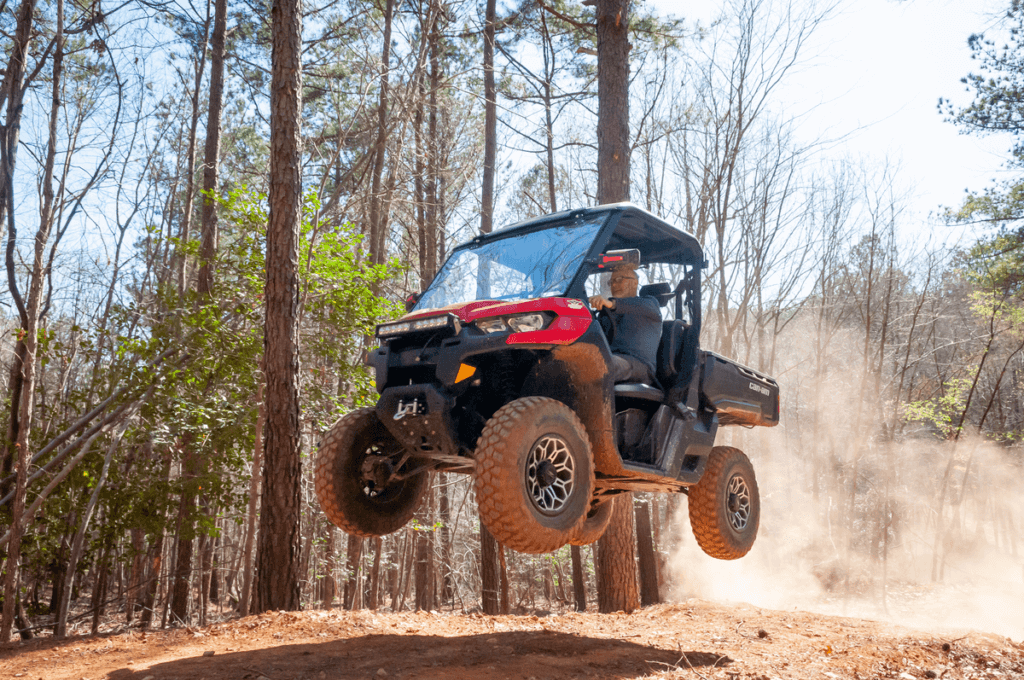
2. Drive carefully on slopes and uneven terrain
At over 600 pounds, a four wheeler is a potentially life-threatening risk to any rider. A high center of gravity and narrow wheel base makes a quad more likely to tip over when driven over uneven terrain. Here are a few UTV and ATV safety tips to help prevent your vehicle from tipping:
- Maintain a slow, but steady speed with both feet firmly placed on the footrests.
- Lean into inclines to correctly balance your center of gravity.
- Avoid making any drastic changes in your direction and speed. Sudden movements can increase the likelihood of tipping your four wheeler.
- If your vehicle begins to tip, turn downhill to correct its course. In a situation where this is not possible,abandon your vehicle for your own safety. NEVER jump into the path of a tipping vehicle. Always jump up the hill, or away from where the ATV is rolling.
For better stability, consider upgrading your ride with wheel spacers. From 1 to 2.5 inches wide, High Lifter wheel spacers provide you with extra width to keep you from tipping on any terrain.
3. Do NOT drink and drive
This should be a no-brainer. As with any other vehicle, you can be charged with a DUI if your blood alcohol concentration (BAC) level is 0.08% or above. Besides being illegal, driving an ATV under the influence is extremely dangerous. According to the National Highway Traffic Safety Administration, approximately 39% of vehicle operators in fatal ATV accidents from 2004 to 2013 were above the legal BAC limit. That is higher than fatal accidents with cars, motorcycles and light trucks!
Just because a four wheeler is meant to be fun, doesn’t mean you should treat it differently than any other vehicle. Besides, it is always safer to leave your ATV behind and catch a ride with a sober driver, than to drive under the influence.
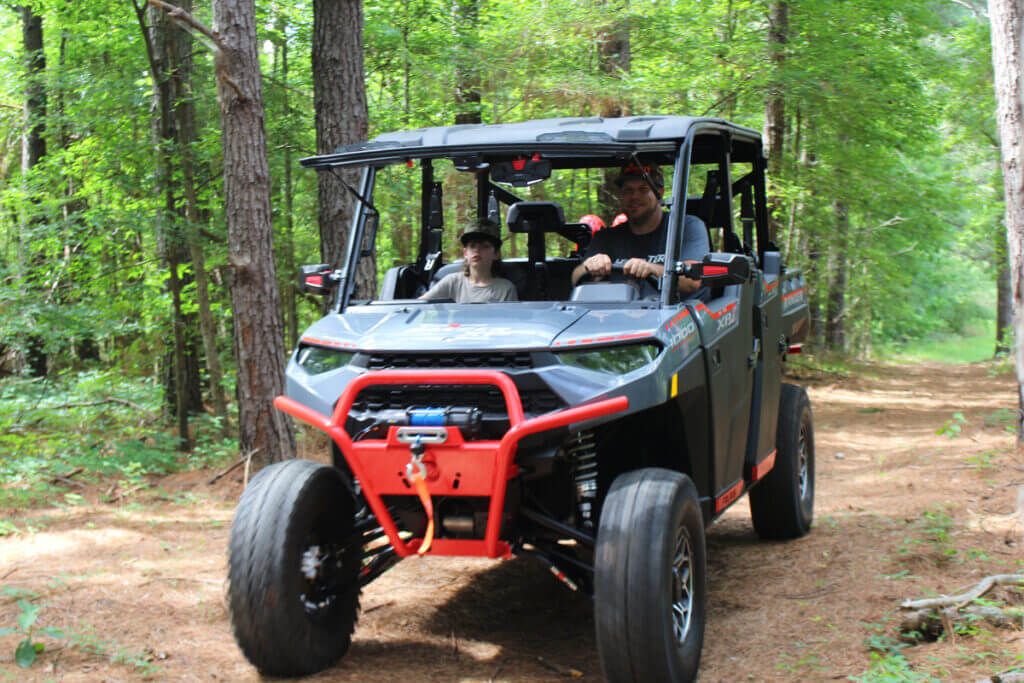
4. Stay on the trail and off of paved roads
Going off trail presents a number of potential problems that put you and your vehicle at risk. Unless you have taken the proper steps to ensure your vehicle is DOT-approved, you should not take your four wheeler on a paved or public road. It’s called “off-roading” for a reason! Riding on public roads makes it easier for other vehicles to hit you.
Fresh off the lot, your vehicle will not be street legal, but there are steps you can take to get your side-by-side or ATV road-ready. First, check with your local laws and regulations for the latest information on taking your four wheeler onto public roads. You will also need to upgrade your vehicle with a street legal kit and DOT-approved tires. We recommend XComp ATR tires if you are looking for a strong and comfortable time on the road.
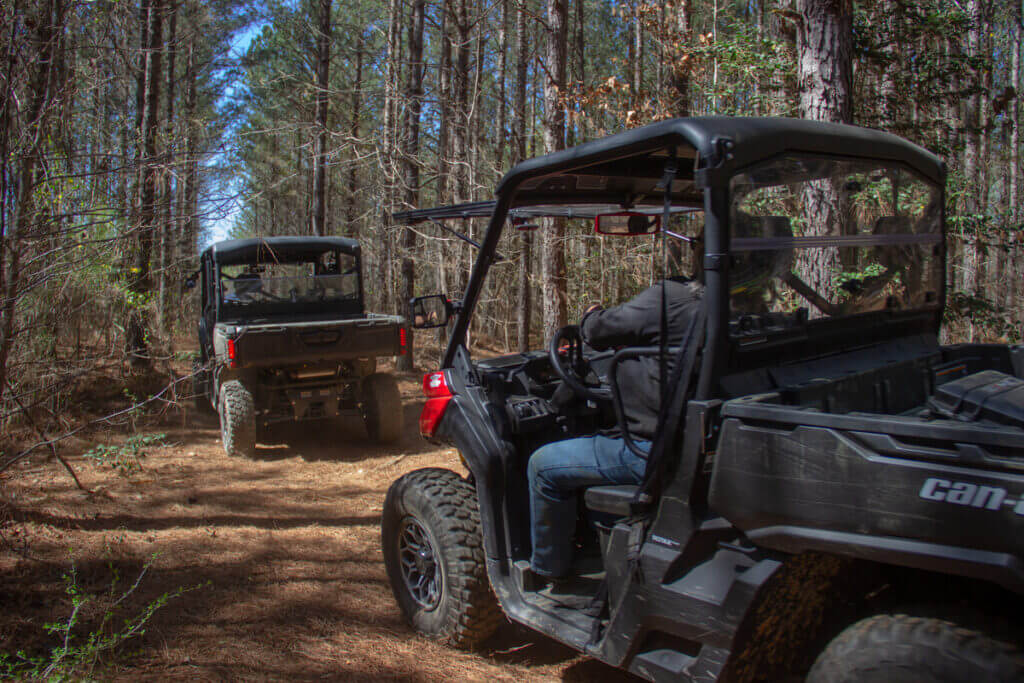
5. Fully understand the controls before operating your four wheeler
Inexperience becomes dangerous when you drive recklessly. It is much easier to misjudge your safety on an ATV or UTV if you don’t understand the controls.
In fact, the leading cause of ATV accidents is a lack of experience. Sometimes new riders will try to impress friends by pulling off a dangerous stunt or recklessly driving over unfamiliar terrain. This significantly increases your chances of damaging your vehicle and more importantly, injuring yourself—or others!
A UTV will have a similar layout to your standard car with one pedal for braking and another for accelerating. ATVs, on the other hand, will typically have a thumb throttle for acceleration. This is different from a twist throttle you might find on dirt bikes. Hand levers, often on each handlebar, will be your control for braking. Most ATVs will also come equipped with a foot brake in case your hands come loose from the handlebars. Both ATVs and UTVs have a shifter to change gears and an ignition switch to start the vehicle. However these controls are found in slightly different locations on each vehicle. Ensure your controls are working, so your vehicle is ready to go with our wide selection of maintenance products.
If you are still feeling uncomfortable hitting the trails, then no problem! There is nothing wrong with taking an online or in-person ATV/UTV safety course to make sure you are ready for a safe ride.
6. Familiarize yourself with your local laws and regulations
When it comes to the laws of four wheeling, you will want to be well-versed before you start riding. Regulations will vary from state-to-state, so make sure to check your local laws. For example, there is no federal law that mandates a minimum ATV age requirement, but each state has their own age limits.
Unlike public lands, there are no restrictions when riding on privately owned land. State laws usually only apply to riding on public roads or trails. This doesn’t mean you should be careless when driving. Start by using your own property to get familiar with your vehicle so you are comfortable before you ride your first trail. Understanding your local laws and regulations will help you avoid any legal issues or accidents when you are ready for more serious riding.
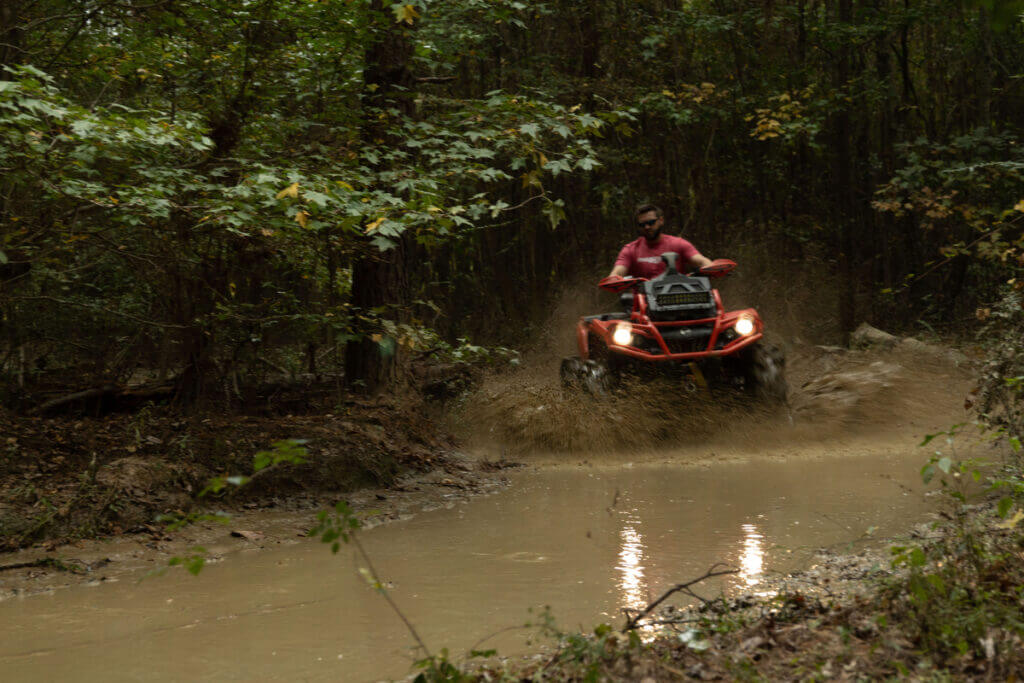
7. Be cautious in low light conditions
With limited visibility, it can be difficult to see oncoming vehicles or other objects such as trees and rocks. To avoid crashing your quad into tough-to-see obstacles, you should follow these tips for riding in the dark:
- Drive slowly. Maintaining a slow and steady speed will give you plenty of time to stop if you notice an obstruction in your path.
- Keep your eyes on the trail. You should always be paying attention to what is directly in front of you, no matter the light conditions. In the dark, this is even more necessary as your line of sight is significantly reduced.
- Do not focus on the taillights of the vehicle in front of you. This makes it difficult to notice slight changes a driver may make to avoid upcoming obstacles.
- Keep your headlights on. If you are driving at an appropriate speed, you should always be able to stop once your headlights have illuminated an obstacle.
Time to safely hit the trails!
Some of these UTV and ATV safety tips may be common sense, but we hope they settle your nerves next time you’re riding. At High Lifter we want every rider to have the safest ATV experience possible. That also means keeping your vehicle performing to the best of its ability. For high-quality parts and accessories that will make a better ride, check out High Lifter.
